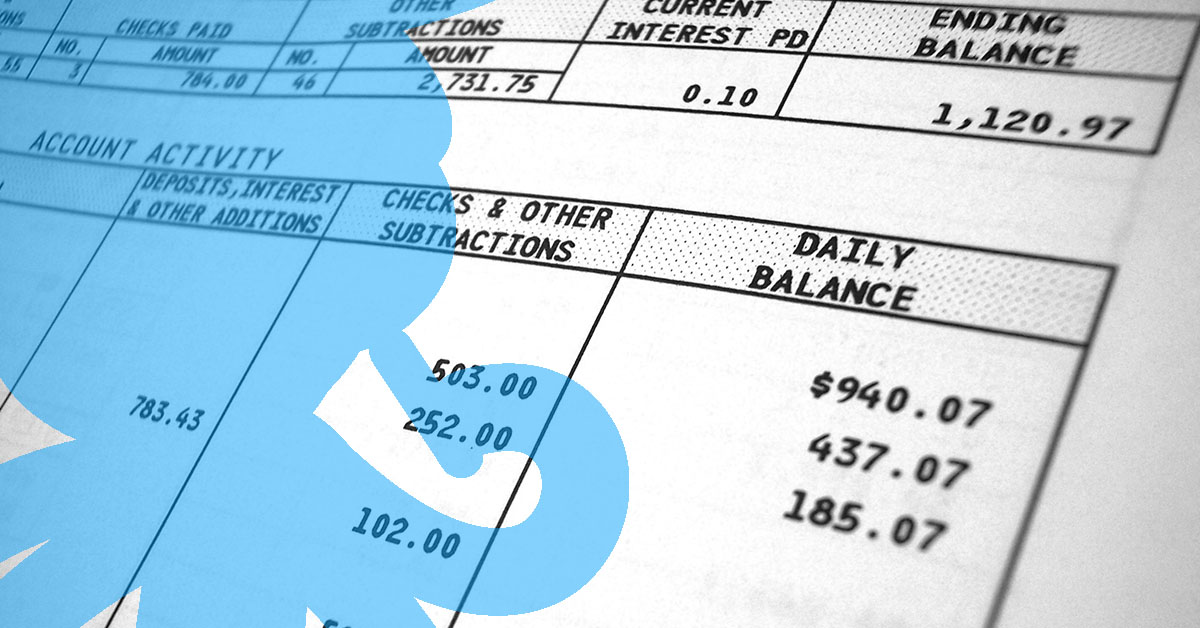In the digital age, tools like the fake bank statement generator have become increasingly accessible online, often marketed as quick solutions for creating seemingly authentic bank statements. These generators allow users to customize details such as account numbers, balances, and transaction histories, producing documents that resemble those issued by real financial institutions. While some may argue these tools can serve legitimate functions—such as creating sample documents for training, design mock-ups, or educational simulations—the potential for misuse far outweighs their intended utility. The misuse of such generators can lead to serious legal consequences and undermine trust in financial systems.

A fake bank statement generator can be manipulated to fabricate income levels or transaction patterns, and these documents are sometimes used in applications for loans, housing, or credit cards. In these scenarios, the generator is no longer a neutral tool but becomes a means of committing fraud. Submitting falsified financial documents is a criminal offense in most legal jurisdictions and can result in charges of forgery, fraud, or identity theft. Despite this, some individuals still resort to these tools, often underestimating the legal implications or believing they will not be caught.
Financial institutions and other verification agencies are increasingly sophisticated in detecting fraudulent documents. Advanced data analysis tools and internal record checks make it difficult for forged documents to go unnoticed. Furthermore, digital forensics can trace the origin of a fabricated statement, revealing not just the forgery but also the intent behind it. Once a fake document is discovered, the consequences can be severe—ranging from the denial of services to criminal prosecution. Even if the user avoids immediate legal trouble, their credibility can suffer lasting damage.
Another dimension of concern is the role of websites and services that promote these fake bank statement generators. Some platforms openly advertise the ability to create realistic financial documents “for novelty purposes,” but in practice, these are often used for dishonest gain. These services operate in a legal gray area, relying on disclaimers to shield themselves from liability while knowingly offering tools that are frequently misused. Law enforcement agencies monitor such platforms and have begun cracking down on providers and users alike.
There’s also an ethical dimension to consider. Trust is a cornerstone of all financial transactions. When someone chooses to submit a fake bank statement, they are not only breaking the law but also violating the integrity of systems built on mutual honesty. Whether applying for a rental property or a business loan, financial decisions are made based on trust and transparency. Once that trust is broken, it can be difficult—if not impossible—to repair.
In conclusion, while the idea of using a fake bank statement generator might seem like a harmless shortcut or a temporary solution, the risks involved are both real and substantial. Legal repercussions, damaged reputation, and broken trust are just some of the outcomes individuals may face. In all financial dealings, the better and safer path is always grounded in honesty, legality, and transparency.
